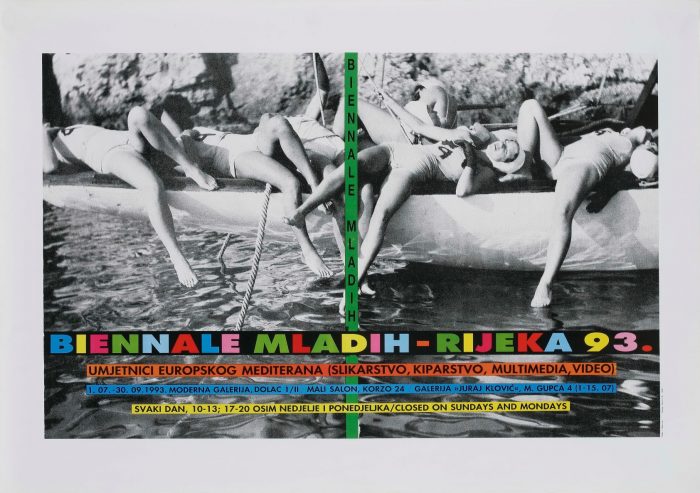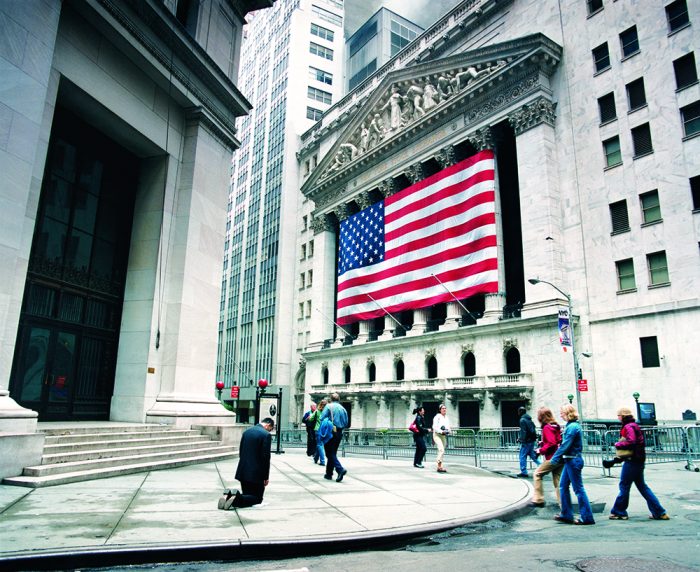Sanja Cvetnić / 2019
The fate of each artist is situated somewhere between the oft-cited words of Martha Graham, “No artist is ahead of his time. He is the time. It is just that others are behind the time”, and, perhaps even more well-known, and certainly more enduring, is the Old Testament wisdom – “What has been is what will be, and what has been done is what will be done, and there is nothing new under the sun”(Eccl. 1:9): this reflects the fates of artists who have been cursed and of those who have been divinized. Zlatko Kopljar (1962) is one of those artists who most profoundly experiences both fateful points, as well as the tension between both statements concerning artistic and human existence. In a quick survey of his oeuvre, if we filter by the key words of “time” and “artist”, many of his works apply. We encounter these elements in an art installation (1993) named after an inscription engraved on a metallic plate, Panta rhei (Τα Πάντα ῥεῖ), in which the beginning of one ofthe most famous Greek philosophical sentences is reinforced by the high voltage with which the work is charged and in an abstract video, K9 (2003), to which the artist’s own DNA forms the key. We see the topics “time” and “artist” in the tableaux vivantsportraying a company of “dead” painters in a series of photographic portraits of colleagues, maverick artists all, in K11(2007). And we find these elements in the striking stills from the performance K16(2012), in which Kopljar, dressed in his silver, phosphorescent suit, digs himself a deep grave that slowly swallows him up, along with the light that reflects off his silver suit, glowing to the end, like a big firefly in the darkness.
Read More “The power and vulnerability of the firefly”

